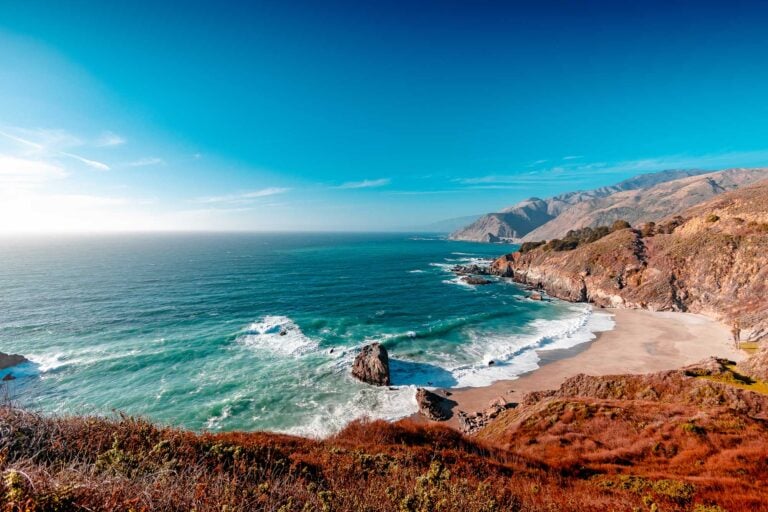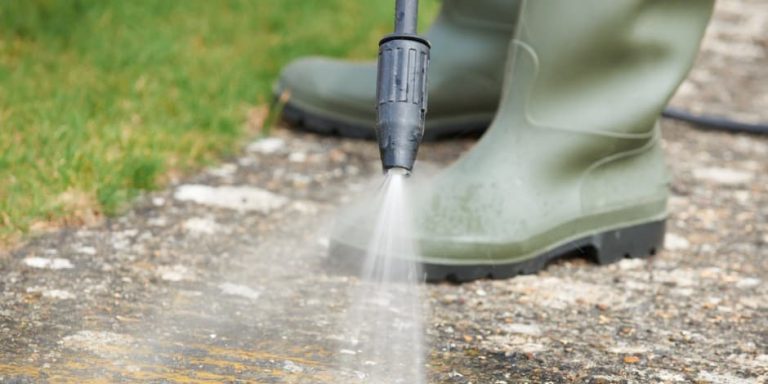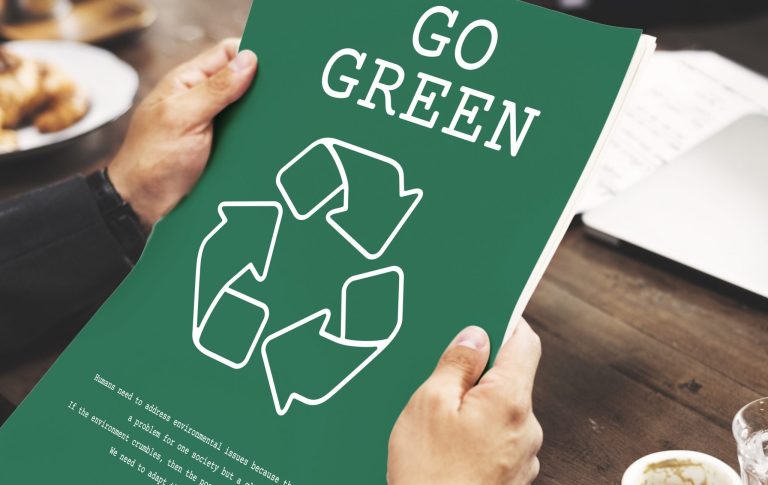
When we think about the ocean, images of blue waters, sandy beaches, and thriving marine life come to mind. But coastal communities that use pressure washing for cleaning walkways, buildings, and boats may be unknowingly contributing to the degradation of marine ecosystems. 🐬⚠️
This article explores how pressure washing—especially when performed close to the coast—can lead to chemical runoff, habitat disruption, and water pollution that impacts everything from coral reefs to local seafood supplies.
🧼 What Makes Coastal Areas Vulnerable?
Coastal zones are ecological hotspots—rich in biodiversity and home to delicate habitats like:
- Coral reefs
- Estuaries
- Salt marshes
- Mangroves
These ecosystems act as nurseries for fish, filtration systems for pollutants, and buffers against erosion. But they’re also highly sensitive to changes in water quality and sediment.
When power washing is performed near coastlines, the runoff doesn’t just stay on land—it’s often carried by rain or tides directly into marine environments. 🌧️🌊
⚠️ Types of Contaminants in Coastal Runoff
Power washing near docks, marinas, beachside resorts, and boardwalks can introduce a variety of harmful substances into the water:
| Contaminant | Source | Marine Impact |
|---|---|---|
| Oil and fuel residue | Boat decks, docks | Poison fish and shellfish |
| Heavy metals | Paint, rust from buildings | Bioaccumulate in marine organisms |
| Detergents/bleach | Surface cleaning agents | Harm coral reefs and kill microbes |
| Organic waste | Mold, algae, bird droppings | Increase bacteria and algae blooms |
| Sediment | Loose soil, eroded surfaces | Smothers coral and clogs fish gills |
🐢 Real-World Environmental Consequences
- Coral Bleaching & Death
Harsh cleaners like bleach and ammonia interfere with coral photosynthesis, leading to bleaching events that weaken or kill entire reefs. - Shellfish Contamination
Runoff laced with oil or heavy metals is absorbed by clams, oysters, and mussels—making them unsafe for consumption and hurting local fisheries. - Disruption of Estuaries
Estuaries act as a bridge between rivers and oceans. Polluted runoff can throw off their delicate balance, impacting birds, fish, and aquatic plants. - Marine Mammal Health Risks
Dolphins, seals, and whales exposed to detergent-laced water may experience skin irritation, reproductive issues, or illness.
🛥️ Coastal Communities at Risk
The most common hotspots for environmentally risky power washing near marine zones include:
- Waterfront restaurants and hotels
- Boat repair facilities and marinas
- Coastal apartment complexes and condos
- Beachfront boardwalks and parks
Without proper runoff control, all of these contribute to the cumulative pollution of local water bodies.
✅ Sustainable Alternatives for Coastal Cleaning
Thankfully, there are ways to reduce your footprint while keeping waterfront spaces clean.
1. Use Marine-Safe Detergents 🧴
Look for products labeled biodegradable, phosphate-free, and certified for use near water.
Browse Amazon Here For Eco-Friendly Pressure Washing Detergents
2. Contain and Filter Runoff 💧
Set up sandbags, vacuum recovery systems, or storm drain barriers when working near shorelines.
3. Clean During Low Tide or Dry Weather 🕒
Avoid pressure washing right before storms or high tides, when runoff is more likely to enter the water.
4. Implement Regulatory Oversight 🏛️
Marinas and coastal towns can establish permitting systems requiring eco-friendly practices for professional washers.
5. Educate Waterfront Property Owners 📢
Many homeowners, resort managers, and maintenance crews simply don’t realize the damage they may be causing.
🧠 Final Thoughts
What seems like a routine rinse near the water’s edge can quickly turn into a marine hazard. Coastal pressure washing must be done with care, using eco-friendly products and runoff control techniques to protect our oceans and the life within them.
By prioritizing sustainable cleaning methods, coastal communities can preserve the beauty and biodiversity of our marine environments for generations to come. 🌎🐠
Browse Amazon Here For Eco-Friendly Pressure Washing Detergents






